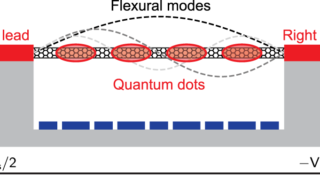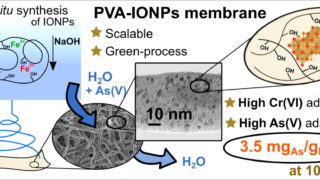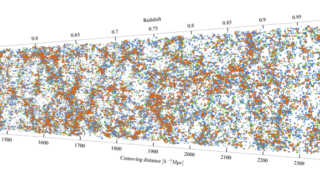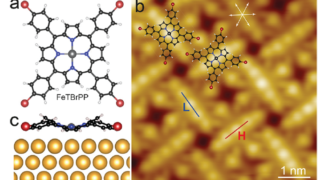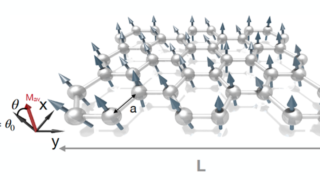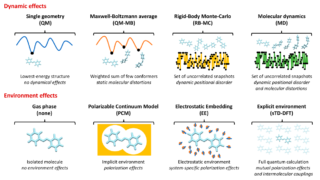
The origin of the lensing is low problem
Recent studies have revealed that the bending of light around massive galaxies is significantly smaller relative to theoretical expectations. This finding, the so-called lensing is low problem, has been interpreted as a breakdown of our cosmological model. Now, a team of scientists has found that the mismatch between theory and observations is actually caused by […]
